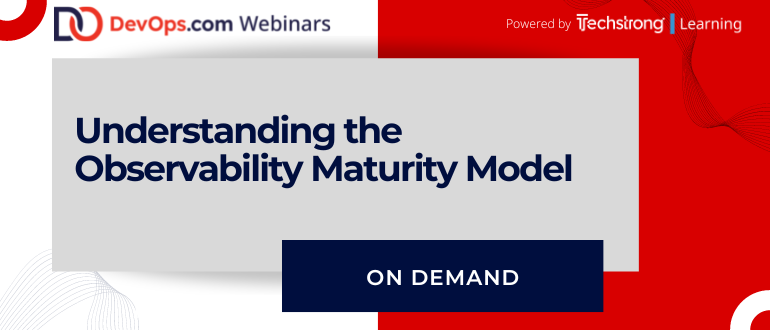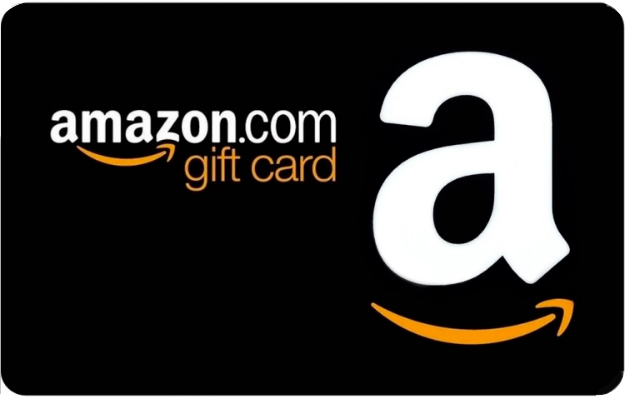Webinar
Think About Your Audience Before Choosing a Webinar Title

Sponsored by

What You’ll Learn in This Webinar
Monitoring has been used for decades by IT teams to gain insight into the availability and performance of systems. However, teams today require a deeper understanding of what is happening across their IT environments. Modern infrastructure and applications can span multiple domains, are more dynamic, distributed and must support ongoing change. In this atmosphere, it is more difficult than ever to consistently maintain SLOs. Further, many enterprises are using more than 10 monitoring tools running as siloed solutions. The result? IT is unable to proactively detect and quickly diagnose and address issues, especially when they cross boundaries.
Based on research and conversations with enterprises from various industries, StackState created the Observability Maturity Model. This model defines the four stages of observability maturity. The ultimate destination is level four, Proactive Observability with AIOps. However, even moving from level one to two, or from level two to three, is a huge improvement in your ability to get essential insights into your IT environment.
Please join us and Lodewijk Bogaards, StackState's co-founder and chief technology officer, on Wednesday, September 21 for a lively discussion on:
- The four stages of observability maturity
- How to determine the current stage of observability maturity within your own organization
- The steps to take to advance your observability maturity and the value to your organization in doing so







